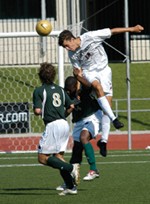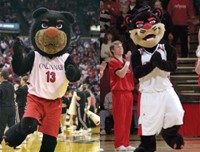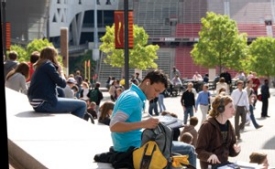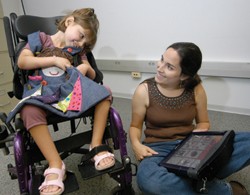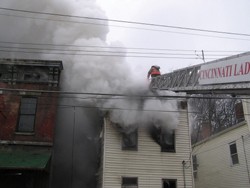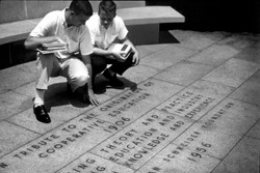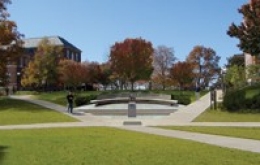Grand prize for UC dining
Last summer in Toronto, UC's CenterCourt dining facility received the grand prize from the National Association of College and University Food Services in the category "single, stand-alone concept." Judges considered menu variety, nutrition, presentation and student feedback in making their decision.
CenterCourt opened in the new Campus Recreation Center in January '06 with seven taste stations, featuring a Mongolian grill, vegetarian offerings and brick-oven pizzas and breads, all for a single price.
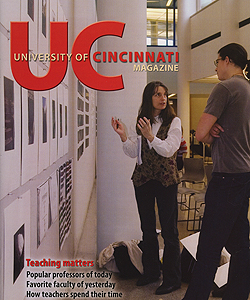
 Issue Archive
Issue Archive